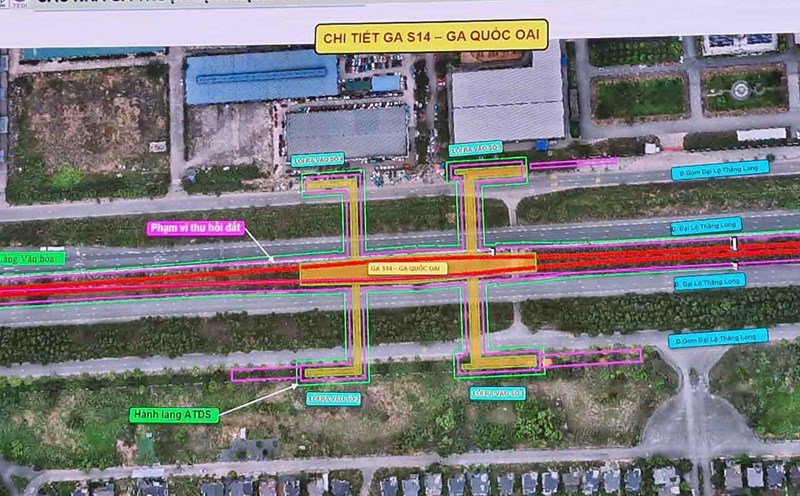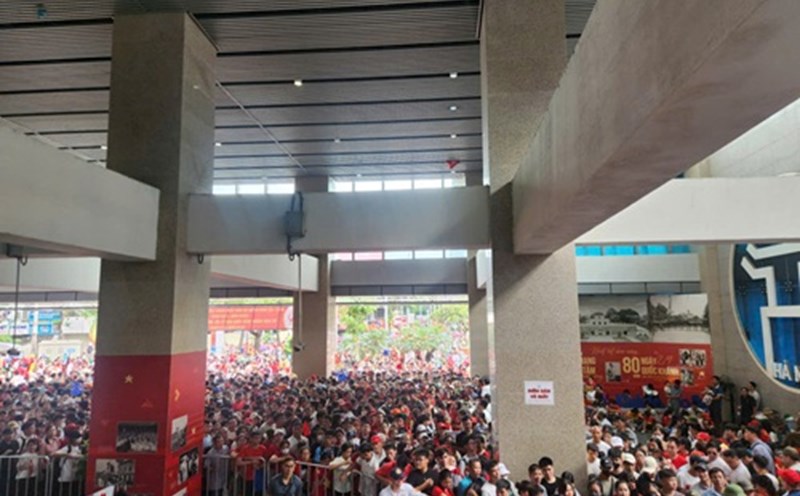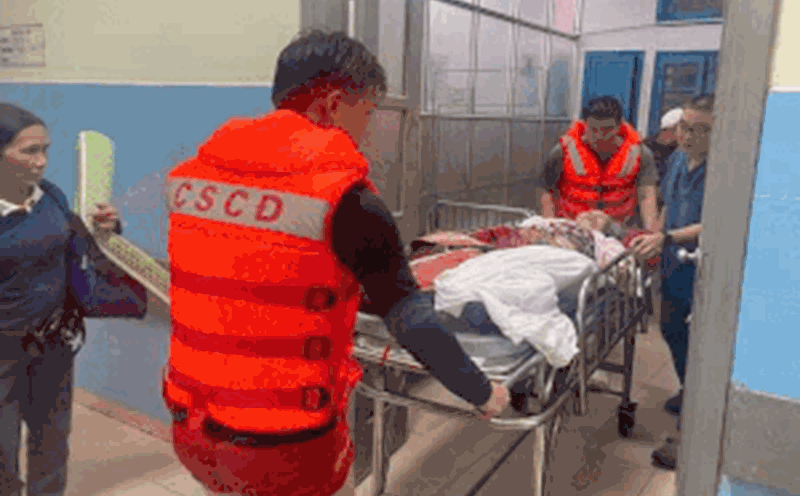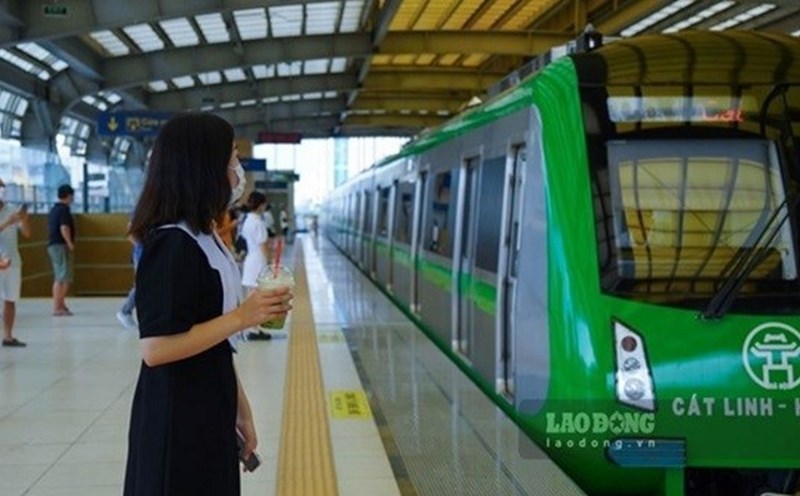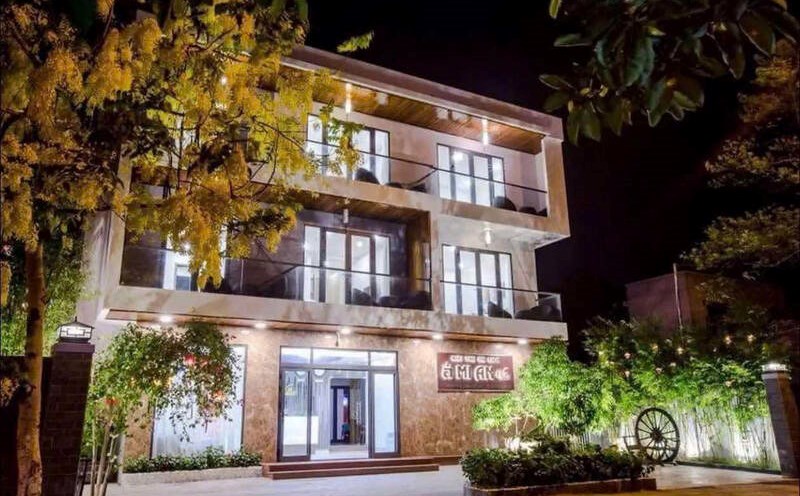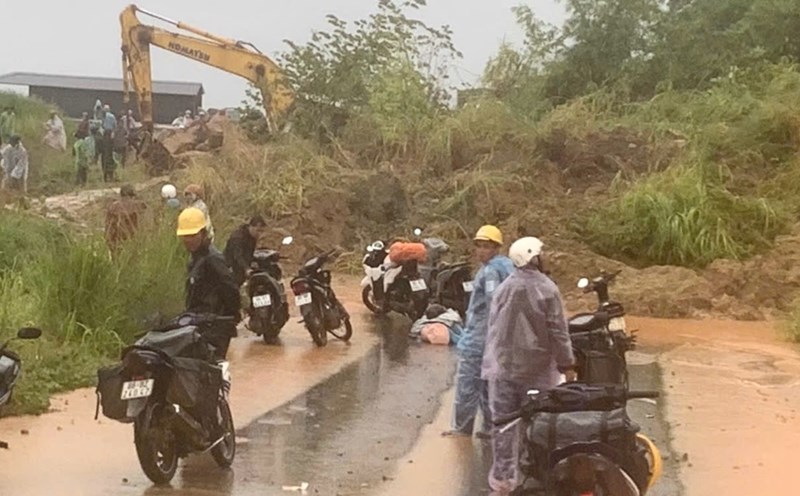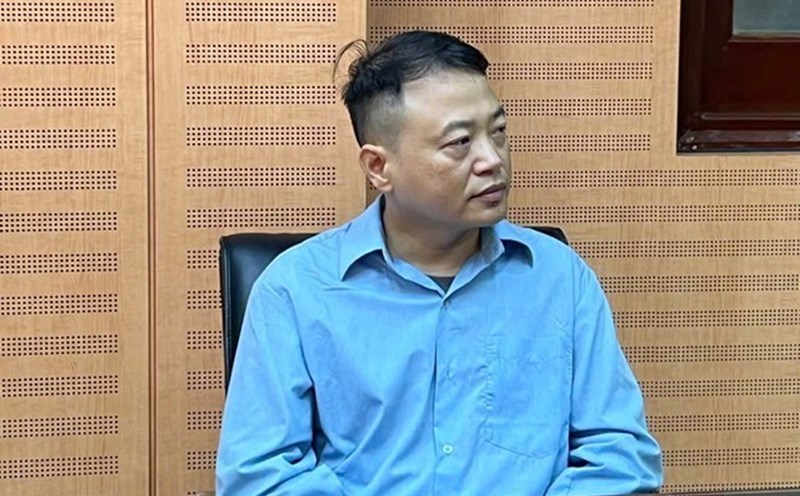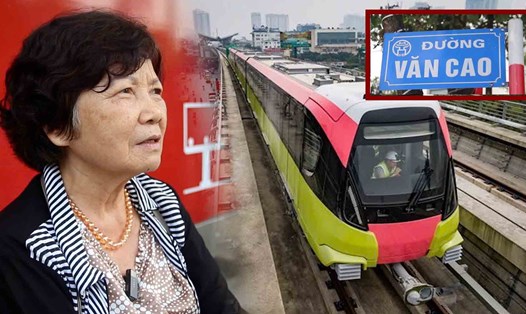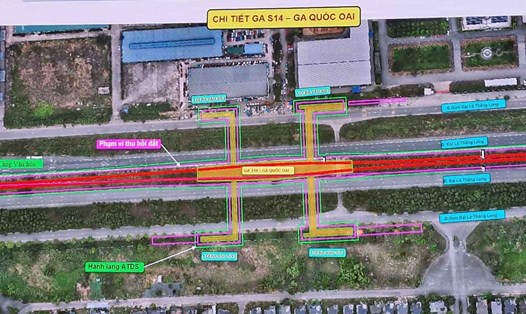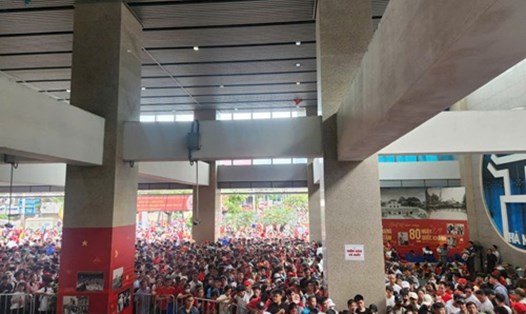The project identifies that the urban area will continue to play a leading role in creating a fundamental and positive change for the capital's traffic situation. This will be the sector that will be prioritized for allocating the majority of investment capital in the coming period.
Currently, Hanoi is exploiting two lines and sections of the urban railway line including: the Cat Linh - Ha Dong Metro Line and the elevated section of the Nhon - Hanoi Railway Station Metro Line. According to the plan, the city will focus on building a framework transport infrastructure system, including 15 urban railway lines and sections.
This is considered an important transport infrastructure, playing an important role in urban restructuring, reducing private vehicles, limiting congestion and reducing environmental pollution for the capital.
It is expected that after the entire system is put into operation, the Hanoi urban railway will be able to transport about 3.2 million passengers per day, accounting for 35 - 40% of the public passenger transport market share (VTHKCC) in the inner city and about 20% in the suburbs.
Preliminarily, the total investment capital demand for all 15 urban railway lines is estimated at 55.4 billion USD. In particular, from now until 2030, Hanoi plans to complete the construction of nearly 97km of urban railway, including lines 2, 3.1 and 5.

